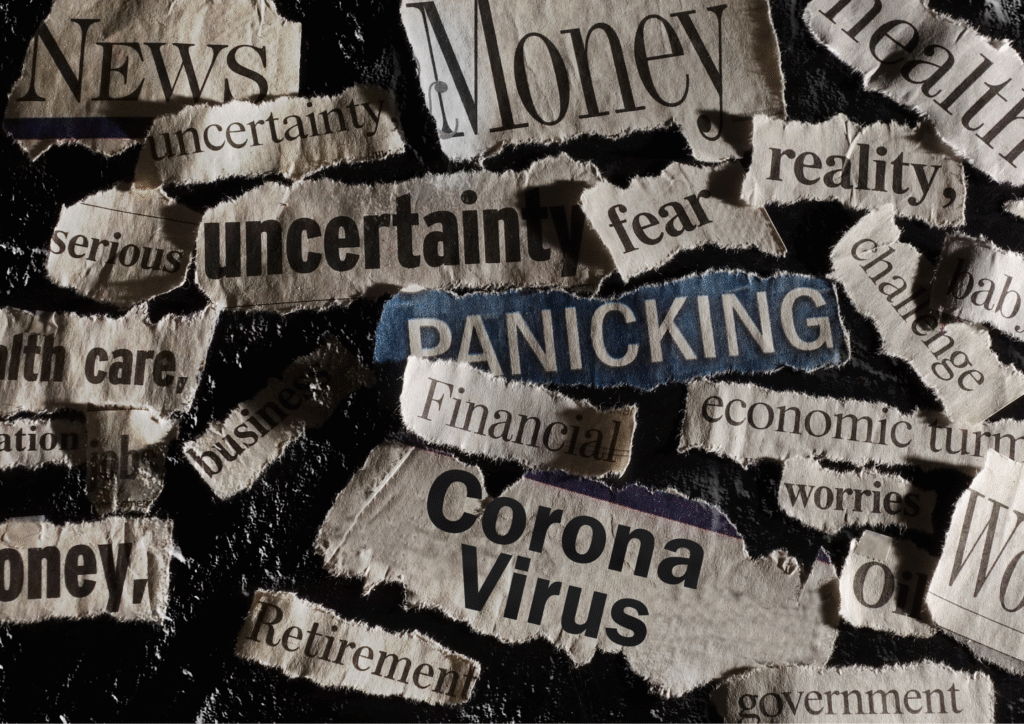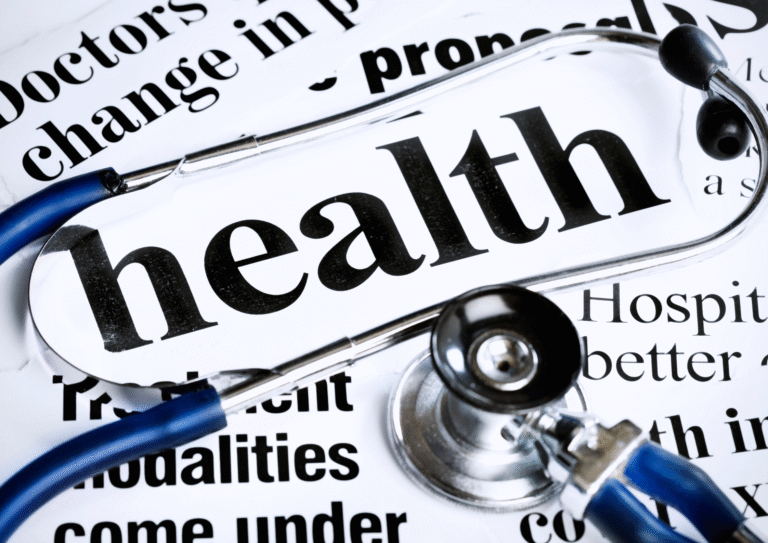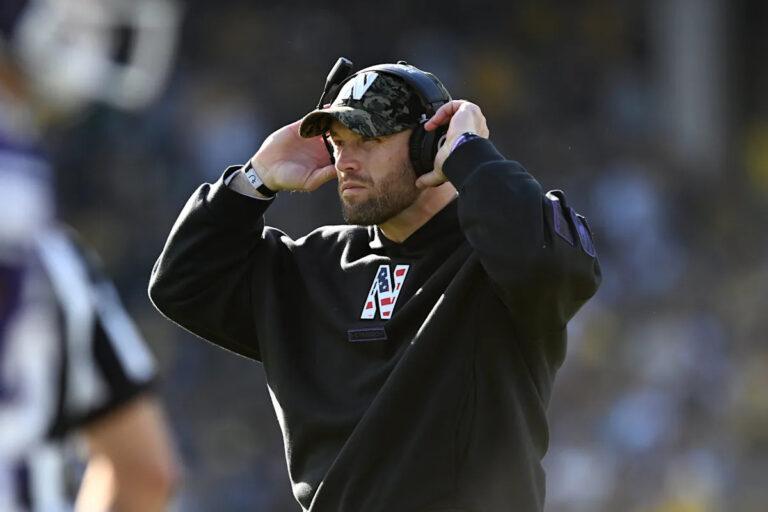
Do you ever see a scary medical headline pop up on your phone or computer? Maybe it talks about a new disease, a “miracle cure” that sounds too good to be true, or a common food that’s suddenly “deadly.” Do you feel a knot in your stomach, a rush of worry, or confusion about what to believe? This feeling of being scared or tricked by health news is a problem many of us face. If you want to learn how to read medical headlines without falling for fear or false hope, and how to stay calm and informed, keep reading. You’re about to discover powerful ways to become a smarter health news reader.
Learning how to read medical headlines carefully is much more than just a good skill. It’s a vital way to protect your mental health and make smart choices about your well-being. This matters more than people realize because in today’s fast-paced world, misleading health information can cause huge amounts of worry, lead to bad decisions, and even make you doubt real science. These catchy, often scary, headlines are secretly shaping our fears and beliefs, making us feel anxious one moment and then desperate for a quick fix the next. It’s like trying to navigate a minefield of information. . . one wrong step, and boom, you’re panicking about a new superbug.
Some might argue, “It’s just the news! They’re just trying to get our attention. If you’re smart, you won’t fall for it. Besides, a little fear can be good. . . it makes people take their health seriously!” They might say that journalists have a tough job, and they need to make stories interesting so people will read them. On the one hand, it’s true that news outlets want to be read, and sometimes a strong headline is part of that. However, this way of thinking misses a huge point. When it comes to health, playing on people’s fears can be very harmful. It can make people ignore real risks, chase fake cures, or become so stressed they avoid doctors altogether. It’s not about being “smart” enough to avoid it. . . it’s about understanding how these headlines are designed to trick your brain.
The science behind why we fall for scary medical headlines is pretty interesting. Our brains are wired to pay attention to threats. It’s an old survival instinct. When we see a headline that screams “DANGER!” or “BREAKTHROUGH!”, our brains immediately focus. This is called the negativity bias. We tend to give more weight to negative information than positive. Also, our brains love simple answers. Medical topics are often complex, but headlines simplify them, sometimes too much. This can lead us to believe easy, but wrong, ideas. As a result, we might jump to conclusions without looking at the full picture.
Furthermore, news outlets often use something called sensationalism. This means they make things sound more exciting or shocking than they really are to grab your attention. They might use words like “epidemic,” “crisis,” “killer,” or “miracle” to make you click. They also often focus on new studies without explaining that one study alone rarely proves anything. Science builds up slowly, piece by piece, not usually with one big discovery that changes everything overnight. This can lead to a lot of confusion and unnecessary worry. A study published in the British Medical Journal (Schwitzer et al., 2011) found that many health news stories exaggerate the benefits of treatments and ignore the harms.
“Our analysis reveals a pervasive tendency in health news reporting to overstate the benefits of medical interventions while downplaying or omitting potential harms, leading to misinformed public perception.”
This shows that news often makes health treatments sound better than they are, which can trick people.
On the other hand, it’s important to remember that not all medical headlines are bad. Many news organizations try their best to report health information accurately and responsibly. The goal isn’t to stop reading health news entirely. . . it’s to learn how to read it with a critical eye, like a detective looking for clues. This explainer on medical headlines shows why critical thinking is essential for health literacy.
So, how can you protect yourself from fear-mongering and misleading medical headlines?
- Look Beyond the Headline: The headline is just the bait. Always click and read the actual article. Often, the story inside is much less dramatic than the headline suggests.
- Check the Source: Who is reporting this? Is it a respected news organization, a scientific journal, or a random blog? Be extra careful with social media posts.
- Look for the “Who, What, When, Where, Why, and How”:
- Who did the study? (Real scientists, not just anyone)
- What kind of study was it? (Was it on humans or animals? A small group or a large one?)
- When was it published? (Is it old news?)
- Where was the study done? (A university, a company?)
- Why was it done? (To find a cure, to sell a product?)
- How big was the effect? (Did it make a huge difference, or just a tiny one?)
- Beware of “Breakthroughs” and “Miracle Cures”: Real science moves slowly. If something sounds too good to be true, it probably is. There are no magic pills for everything.
- Look for Balance: Does the article talk about both the good and bad sides? Does it mention any risks or limitations of the study? If it only shows one side, be suspicious.
- Consider the “Absolute Risk” vs. “Relative Risk”: A headline might say “Risk of X doubles!” That sounds scary. But if the original risk was tiny (like 1 in a million), doubling it still makes it tiny (2 in a million). This is a common trick.
- Consult Reliable Health Websites: If you’re worried, check trusted sources like the World Health Organization (WHO), the Centers for Disease Control and Prevention (CDC), or major medical associations.
- Don’t Share Without Checking: Before you share a scary or exciting headline, take a moment to check if it’s real. You don’t want to accidentally spread misinformation.
In conclusion, medical headlines can be powerful tools for spreading information, but they can also be used to spread fear and confusion. By understanding how they work and by becoming a smart, critical reader, you can protect your mental health from unnecessary worry and make better choices about your well-being. It’s not about becoming a medical expert. . . it’s about becoming a media-savvy citizen who can tell the difference between real science and clickbait. Take a moment to reflect. . . what’s one small step you can take today to read health news more wisely? Maybe it’s always clicking past the headline. . . or simply checking the source before you believe something. Your peace of mind, and your health, are too important to leave to chance.
References:
Schwitzer, G., Mudur, G., & Henry, D. (2011). Media coverage of medical research: a review of the evidence. British Medical Journal, 342, d3045.
World Health Organization (WHO). (n.d.). Infodemic Management. Retrieved from https://www.who.int/teams/risk-communication/infodemic-management




